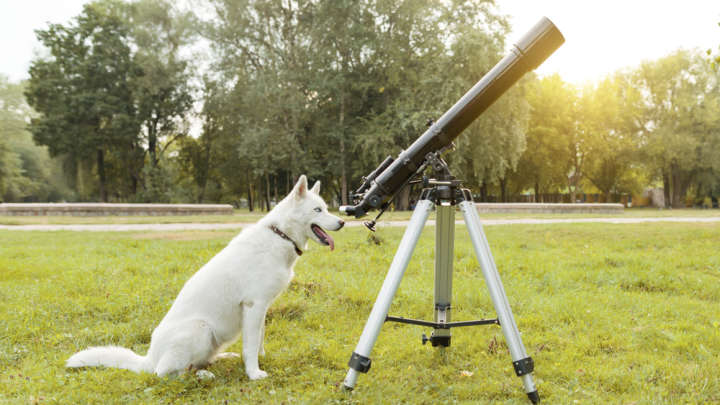Animals In Telescopes Turns Out To Be A Surprisingly Common Hazard
“Never work with animals or children” the old saying goes. Biologists don’t have much choice in the matter, but astronomers might be thought to be safe from misbehaving fauna. If science’s role is to overturn assumptions, however, it’s time to expose this one, revealing it’s not just clouds that can make a night’s observing tricky.
Lead engineer at Australia’s Stromlo observatory Jamie Gilbert put out a call…
…and the answers showed he was not barking up the wrong instrument. Along with stories of starlings nesting inside a telescope dome and regular visitations by insect plagues, there was this:
and this:
Unsurprisingly moths represent a major hazard, even in instruments that are shut tight, but how on Earth do larger animals do the same thing?
Apparently the problem is so common it makes up an entire chapter of a forthcoming book.
Some stories are so wild they deserve to be true, even if they probably aren’t.
Maybe it is something about their locations at the tops of mountains that sometimes draws insect plagues to professional observatories in such numbers.
It’s not just through getting inside operating observatories that animals can pose a threat.
No Australian will be surprised about this:
One snake can ruin your whole night’s observing, but not necessarily in the way you would expect.
It was pointed out that something similar happened to the Large Hadron Collider.
Where other cultures saw patterns in the stars, Indigenous Australians gave more significance to the dust clouds that block out parts of the Milky Way, forming a silhouette of a “dark emu” under good seeing conditions. Other animals are apparently also keen to get in on the act.
Finally we have come to the most famous example of animals affecting astronomical equipment, or at least being thought to.
Drs Arno Penzias and Robert Wilson of Bell Labs got an annoying hissing sound from their ultrasensitive radio telescope in 1964. They attributed this to a mixture of bat and pigeon poop, which they went to a great deal of effort to remove. Fortunately for the history of science, the noise didn’t go away after all their efforts.
But not all the encounters are so annoying. Some are positively wholesome.
Read more: https://www.iflscience.com/space/animals-in-telescopes-turns-out-to-be-a-surprisingly-common-hazard/



